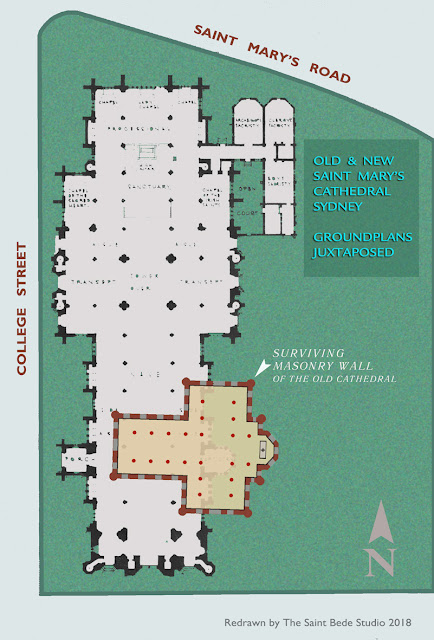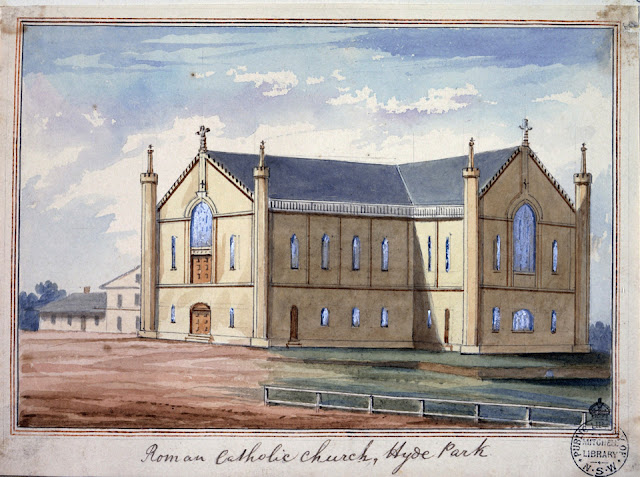 |
| Thomas Townshend, Viscount Sydney Engraving of a contemporary portrait. Image : National Library of Australia. |
In 1787, whilst the Fleet was being assembled at Portsmouth to commence its voyage to New South Wales, a Catholic priest wrote a heartfelt letter to Lord Sydney. We are pleased to reproduce this important document in full. Further details of the priest, Father Thomas Walsh, have been rather hard to find, but we must assume that he had access to the prisoners intended to be transported and indeed had some form of ministry to them. Father Walsh had no illusions about the type of persons these convicts were, but his moving letter displays a zeal for their reformation. He wished to help them to become devout Catholics and, consequently, better citizens.
No precise date or address seems to have been noted on the letter, which is found in Cardinal Moran's History of the Catholic Church in Australasia (1895).
My Lord,
You have been apprised of the desire which two clergymen of the Catholic perfuasion have to instruct the convicts, who are of their faith and who are destined for Botany Bay. I beg leave to inform your Lordship of my sentiments concerning this requeft. There are not lefs, probably, than 300 [convicts]; ignorant you may imagine, of every principle of duty to God and man. The number is great, and consequently constitutes an object of consequence to every man who has the happinefs of his neighbours at heart. That the Catholics of this country are not only inoffensive of principles, but that they are zealously attached to the constitution of it, I may presume, is well known to your Lordship. For my part, who am one of those clergymen who wish to take care of the convicts of my perfuasion, I beg to acquaint your Lordship that if I be so happy [sic "fortunate"] as to be permitted to go, I truft [that] my endeavours to bring these unhappy people to a proper sense of their duty as subjects and citizens, may be attended with some salutary consequence. They earnestly desire some Catholic clergyman may go with them, and I truft to the known humanity of the Government that a requeft which seems to promise some hopes of their reformation will be not be denied. It is well known that these people will not pay the attention to other ministers which they will to their own. Perhaps, also, the presence of their priefts may be of great use to make them readily obey every order of their Governors, and I have no doubt our conduct will meet the approbation of them.
I sincerely pity those poor people, not so much for the disagreeable situation into which they have brought themselves, as for the mifdemeanours which have made them deserving of it. They may, I truft, if their ignorance be removed, and their obligations as men and Christians be forcibly inculcated [in]to them, that this may be a means under Providence of their becoming useful to themselves, and perhaps afterwards to their country.
At least, this I sincerely wish. Nor do I think I can ever be as happy elsewhere as in the place of their destination, employed in using my endeavours to bring them out of the wretched state of depravity into which they have fallen. I entreat, therefore, most humbly, that this our request may be granted. These poor people will blefs and thank you. I shall take care they they be not forgetful of their obligations to the Governor and Lord Sydney.
I have the honour of subscribing myself,
Your Lordship’s most humble servant,
THOMAS WALSHE, prieft.
PS My Lord. - We are not so presumptuous as to wish support from the Government; we offer our voluntary services. We hope, however, not to offend in entreating for our pafsage.












